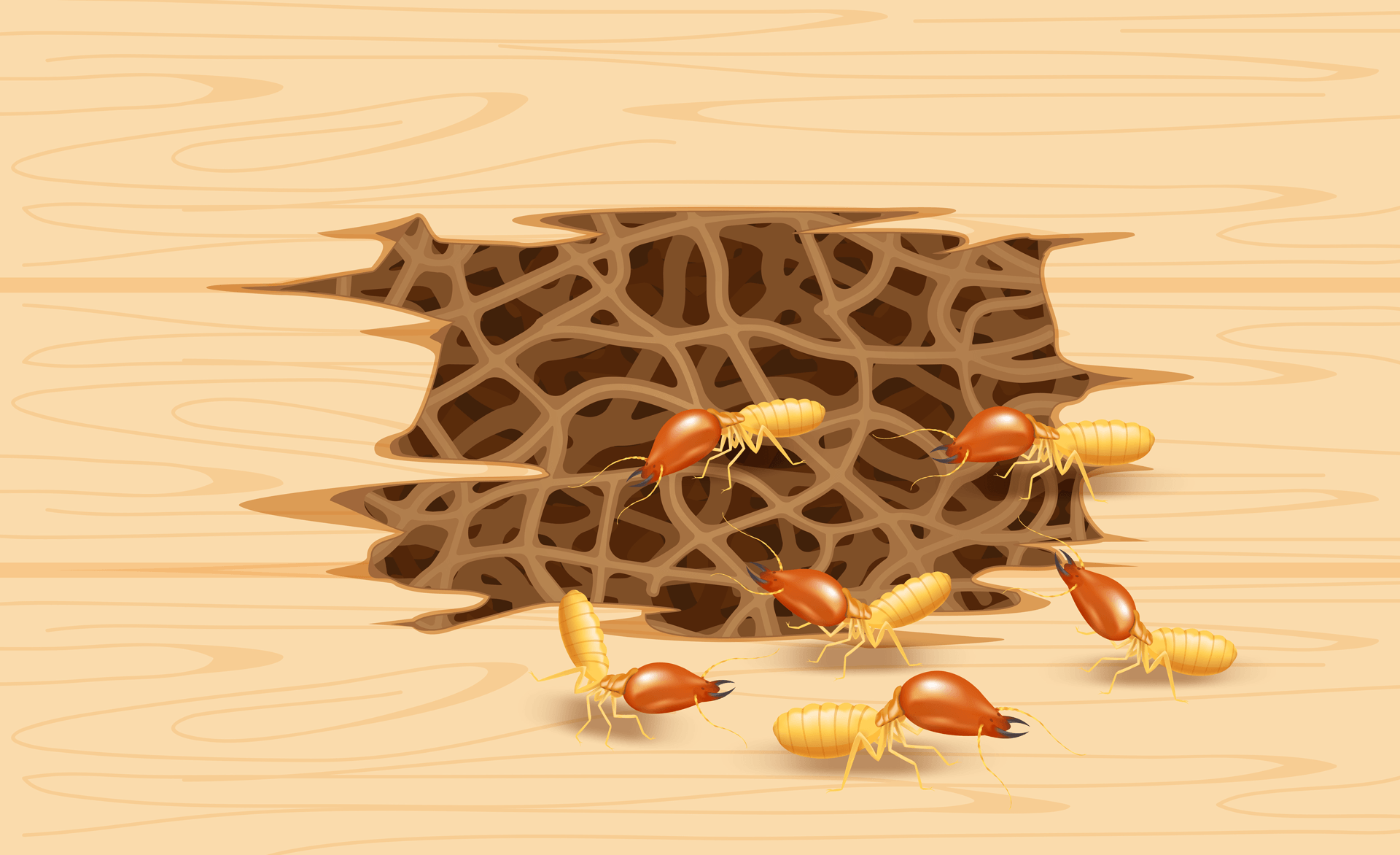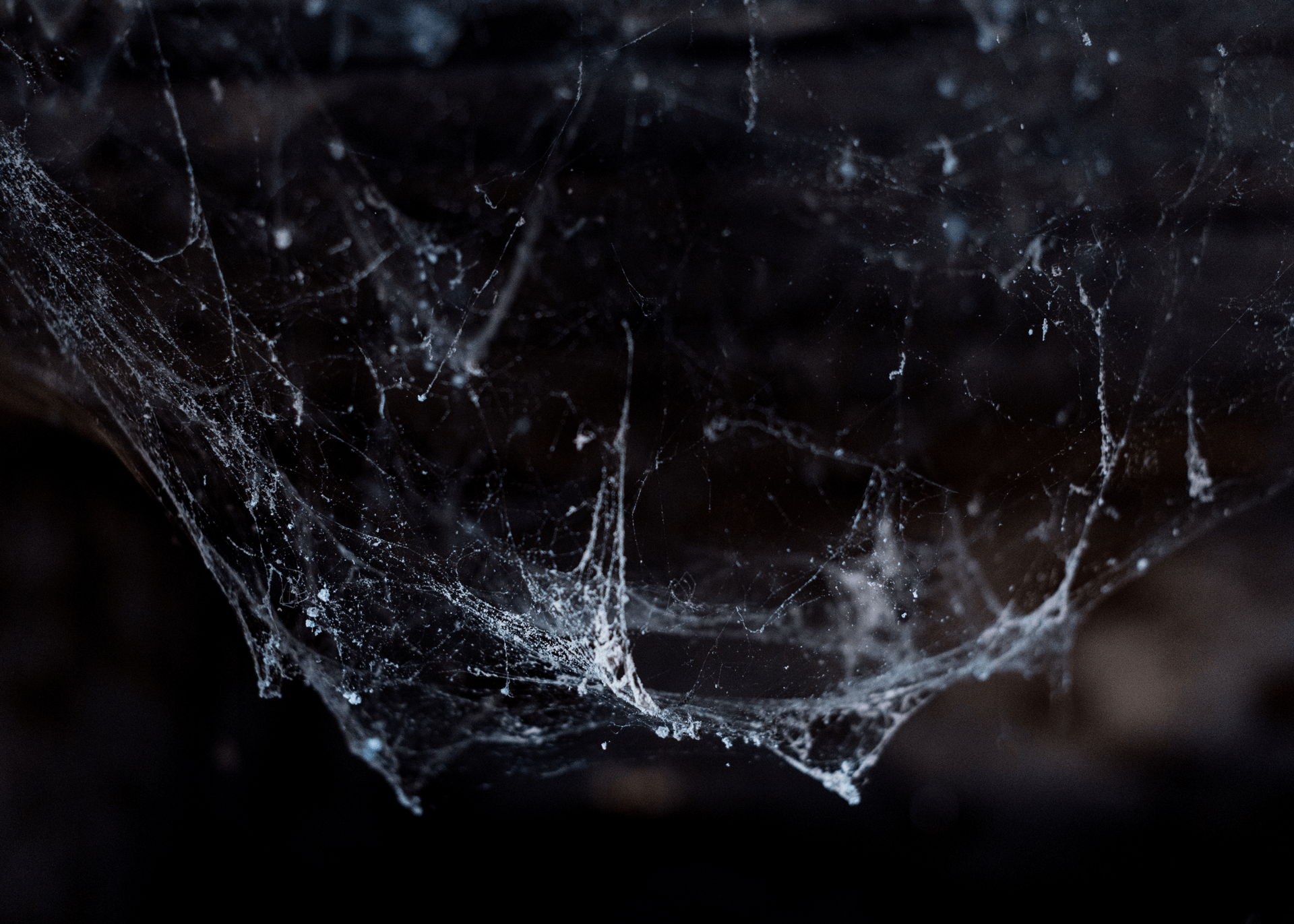Bed Bug Myths
The Things We Believe About Bed Bugs That Aren't True
As a hard-to-spot, blood-sucking beast that takes expert intervention to get rid of, bed bugs instantly earn a spot as one of the more frightening pests one may encounter. They don't need much embellishment to make them scary, but people's imaginations run rampant when there's a fearsome creature to picture. So, what's true and what's a myth?
Life Span Of Bed Bugs
Scientists say they can live for a full year or more without food. However, other scientists say that statement should come with a major caveat and explanation. In regular conditions such as a normal room temperature, the bugs can typically live for 2-3 months without blood. However, if they're in colder climates, the cold-blooded insects can slow their metabolism, allowing them to live for about a year without food.
How Bed Bugs Spread
It's common knowledge that bed bugs are often picked up while people travel. However, it's a myth that traveling out of town is the only way you can come in contact with them. Bugs may have hitched a ride after you got into a cab, an Uber, or public transportation. They may have come with some furniture or electronics you picked up. They can even hang out in the upholstery at restaurants and movie theaters, and they may even crawl over from a nearby room if you live in an apartment.
How Bed Bugs Get Around
There's another myth that they can fly from place to place. That is not possible considering that they don't have wings. Another fallacy is that they can hop far distances. They can crawl quite quickly, but there is no hopping, skipping, or jumping.
How To Spot Bed Bugs
Some think bed bugs are impossible to see with the naked eye. That is simply untrue. The bugs are quite small, and their reddish-brown bodies make them blend in well with their surroundings. They are also very good at hiding, flattening their bodies to squeeze into small holes or gaps in upholstery and wood. However, you can still see the apple seed-sized creature with your naked eye, just like any other bug.
The Dirty House
That leads us to our next point: having a bed bug infestation does not mean your house is dirty. You can have a spotless house and still get an infestation due to the way they are transported. A cluttered area however does provide the pest with additional hiding places.
The Three-Bite Myth
There is the belief that they always bite in three-pronged triangular patterns or lines with three dots. The triple-grouping isn't a real thing. Experts say it's more likely that multiple bed bugs are going after the same site. The pests go after fleshy skin and will usually bite whatever is most easily accessible when they go in for their attack. Another myth is that they only bite at night. Although they are more active at night, they can bite anytime. However, the evenings are when people tend to be the most vulnerable. As people sleep, the bloodsuckers go after what's exposed: the neck, arms, and legs.
For some people, those bites may be barely noticeable. Others may look and also feel like bites from mosquitoes or fleas. Other people find themselves with large, itchy, uncomfortable welts. Assuming you have bed bugs based on the bites alone is not a safe assumption.
The Myth of When Bed Bugs Evolved
For years, entomologists believed bed bugs first fed on bats but changed their diet after a close relative, the bat bug, began feeding on humans. Now, scientists know that wasn't the case, and in fact, they are nearly twice as old as they'd thought. New research shows they likely evolved to become what they are today about 100 million years ago.
Bed bugs are referenced in writings made by ancient Egyptians, Greeks, and Romans, but scientists have found "modern" evidence that the bugs were in the Pacific Northwest even before that. Archeologists found a fossil of one in Oregon that researchers believe is 5,100 to 11,000 years old.
The Myth Of DIY Pest Control
There are plenty of websites trying to convince people they can handle an infestation on their own. A do-it-yourself method can lead to a major infestation even if only one or two bugs are seen. They are extremely adept at hiding and need a trained eye to find and eradicate them.
You've likely heard that they can be killed with major temperature swings and that's certainly true, but it isn't something most people can carry out on their own. Bed bugs die in about 90 minutes if exposed to 113°F heat, and four days at 0°F. Most property owners don't have the equipment to reach those extreme temperatures in their homes or businesses and would likely damage their property even if they did.
One of the methods online websites recommend urge people to seal potentially infested items in plastic bags and leave them for a year or longer to ensure the bed bugs are killed. Although that may be an effective spot treatment, it's wildly impractical and isn't going to address the bugs hiding in places that can't be sealed.
For reliable pest control you can believe in, call Bug Off Pest Pros. We've been keeping bed bugs out of the
Muncie, Indiana, area for over a decade, and we are the top-rated pest control service, and that's no myth.






